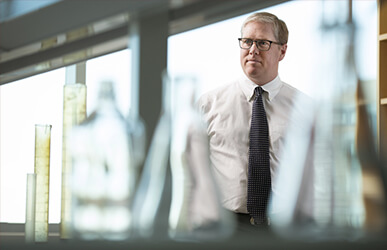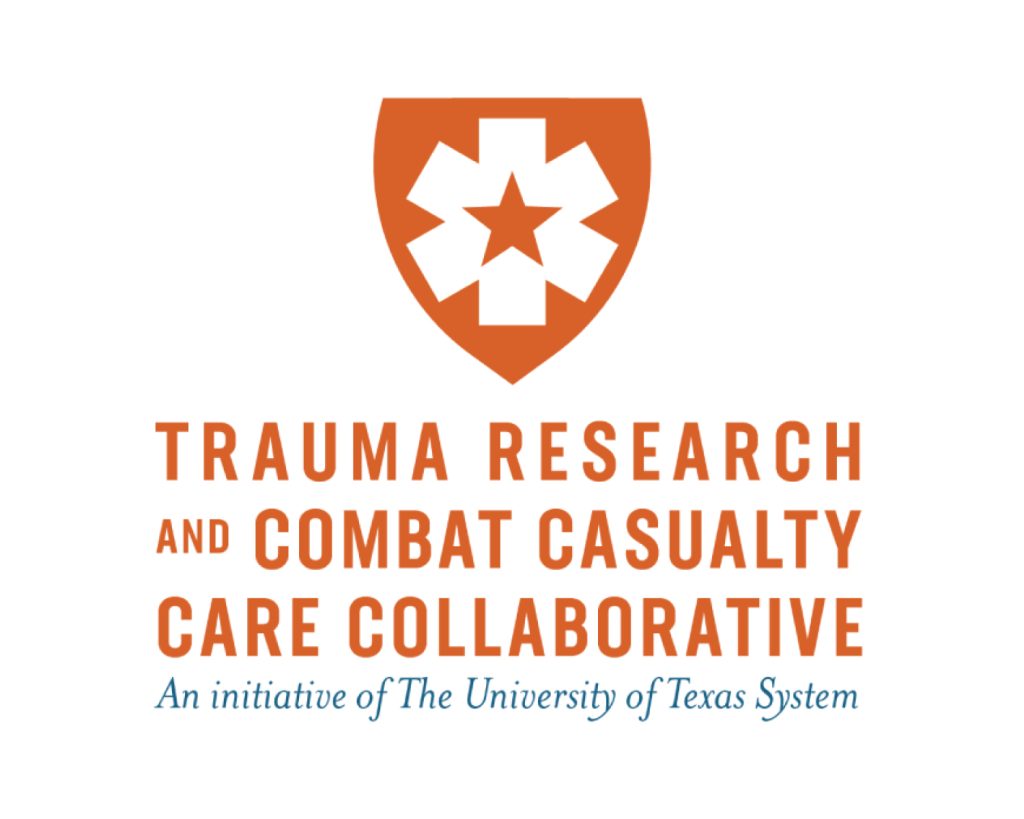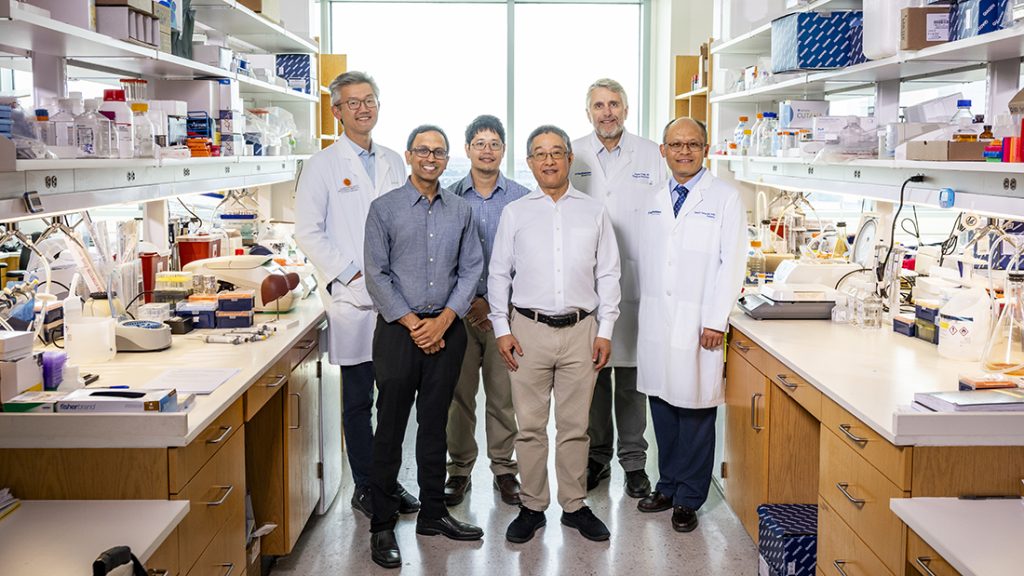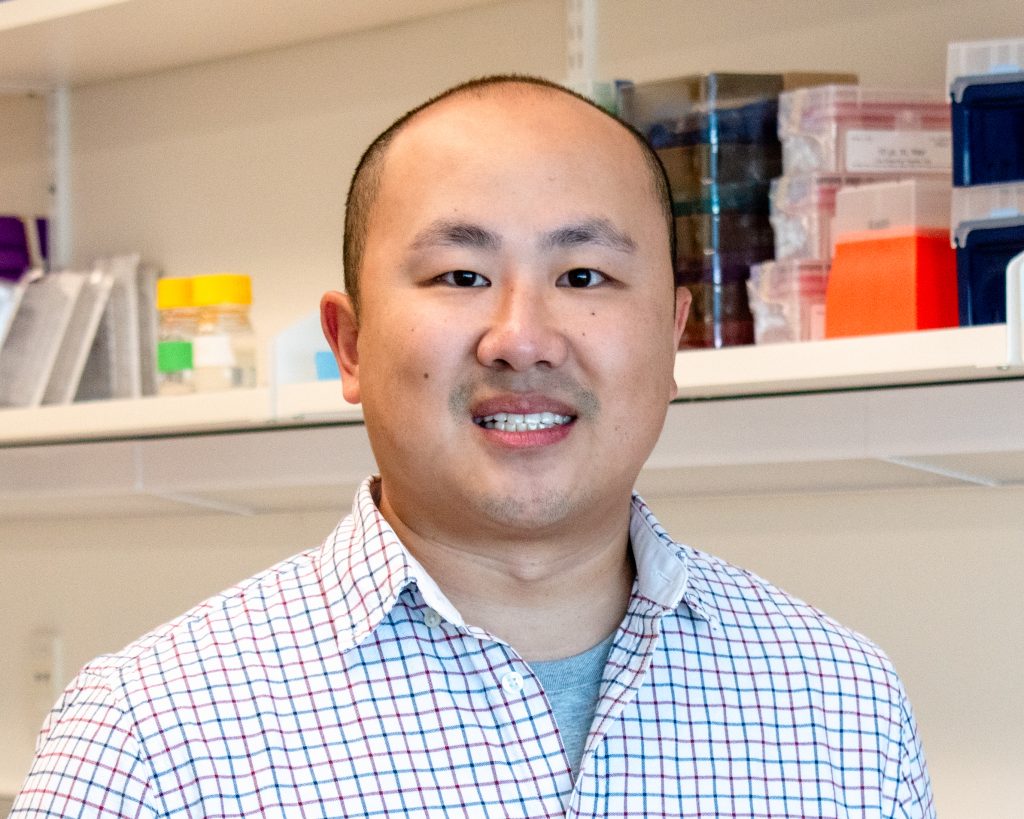
Children’s Research Institute at UT Southwestern recently made a breakthrough mapping the environment within bone marrow that nurtures blood-forming stem cells and the environment that fosters the restricted progenitors that make lymphocytes — infection-fighting T cells and B cells. The research, published in Nature, also has established a promising approach for scientists to map the neighborhoods in the bone marrow that nurture the cells that create the entire blood-forming system. Dr. Sean Morrison, Director of the Institute, recently talked about the research and its broader implications.
Building on related research from last year, this research seems to have answered two important questions about the microenvironments that support the blood-forming system and, perhaps more importantly, that are key to the process by which blood-forming stem cells are created and maintained.
That’s exactly right. There are two significant implications of this research. First, our findings further support the idea that by looking in perivascular niches, we may be able to identify new factors that will allow us to grow blood-forming stem cells in culture and improve the safety and effectiveness of bone marrow transplantation.
Second, it suggests that by taking this same approach for other growth factors in the bone marrow, we should be able to map the niches for every different kind of progenitor cell in the bone marrow. That’s what we did in identifying the environment that fosters the cells that produce infection-fighting T cells and B cells. And in understanding the physiological environments not only for blood-forming stem cells but also for all the different kinds of progenitor cells, we can work toward creating and maintaining those environments in the laboratory to develop cell therapies for a whole host of medical conditions.
Talk about that a little more as it relates to improving the safety and effectiveness of bone marrow transplantation. It sounds like that’s where this research might be especially meaningful in the years to come.
Bone marrow transplants are the best example of a stem cell therapy. Thousands of lives are saved each year as a result of bone marrow transplants or other kinds of blood-forming stem cell transplants. However, for some patients, we could do transplants more safely if it were possible to take a small number of stem cells out of their own bone marrow, grow them up into a large number of stem cells, and then transplant them back in. We can do that for stem cells of the nervous system, skin and other tissues, but we’ve never been able to do it for blood-forming stem cells, despite decades of effort.
My hope with regard to this particular research is that we are going to have an opportunity in the long run to improve the safety of bone marrow transplantation and make it available to a broader spectrum of patients, including children who get bone marrow transplants after their healthy marrow is destroyed by chemotherapy or radiation treatments for leukemia.
What have been some of the more difficult obstacles in reaching the point where blood-forming stem cells can be grown in the lab?
We think the reason why scientists have been unable to grow blood-forming stem cells in a laboratory dish is that there are growth factors that are present in the bone marrow that no one has been able to identify yet. So in order to identify the growth factors, we need to determine the normal physiological environment that maintains blood-forming stem cells, and then look and see if there are growth factors in that environment.
Many laboratories have worked on this for decades without success. But now that we have identified the cells that produce the factors that promote stem cell maintenance, we can refocus our efforts on those cells and on discovering novel growth factors they produce.
And it was last year’s research that led you to this year’s findings?
Exactly. Our research from a year ago raised two important questions: If stem cell factor is made by perivascular cells, what about other proteins that are involved in maintaining blood-forming stem cells – are they also made by perivascular cells, or could those proteins be made by bone-forming cells or other cells? Secondly, do other cells that only give rise to certain types of blood-forming cells reside in different niches than the stem cell?
We decided to do the same kinds of experiments as last year, but this time involving a different growth factor than stem cell factor that stem cells depend on, called CXCL12. By using red fluorescence to identify the cells in the bone marrow that make CXCL12, we were able to see that, not only are perivascular cells making CXCL12, but also that the same cells are making stem cell factor, which we had identified separately using green fluorescence.
In addition, however, we unexpectedly saw that the bone-forming cells were also making a tiny amount of CXCL12. Upon further experimentation, we saw that CXCL12 produced by bone-forming cells was not linked to stem cell maintenance, but instead to the maintenance of a specialized lymphoid progenitor that makes T cells and B cells, which are immune system cells.
How has this research influenced the scientific field in this regard?
We are opening the door for mapping the entire hematopoietic, or blood-forming, system. I think that we will begin to see a lot of researchers who study blood-forming stem cells take the same approach that we have taken to try and map out the environments that maintain different kinds of blood-forming cells. For example, Dr. Daniel Link at Washington University in St. Louis performed similar experiments with CXCL12 that we did, and he found the same results.
How does this research fit into the mission of CRI – to perform transformative biomedical research that has the potential to create new scientific fields and new strategies for treating disease?
This research is a perfect illustration of what we are trying to achieve at CRI, where we are taking a basic science approach to solve a fundamental scientific problem that also holds the potential to change the strategies for treating disease. There may be a long time horizon involved because there are a lot of steps required to get to new therapies. However, our work mapping the environments in bone marrow that support the process of blood cell formation has changed the way people think about this field and has refocused everybody on approaches to improve cell therapies for the blood-forming system.
Looking ahead, what’s next for this area of research at CRI?
For many years, one of the most important unknowns in the field of stem cell biology and regenerative medicine has been the nature of the microenvironment in the bone marrow that maintains blood-forming stem cells. Now that we have conceptually worked out the nature of the niche in the bone marrow, we are looking into two new aspects.
One aspect concerns the circumstances in patients whereby the process of blood cell formation in the bone marrow is inadequate, and the spleen and the liver become blood-forming organs. We want to understand the nature of the environment in the spleen that allows it to become hematopoietic and maintain blood-forming stem cells.
The other aspect focuses on identifying additional growth factors in the bone marrow that no one has discovered and that are involved in maintaining blood-forming stem cells. I can’t promise we will succeed, but I can promise we will be relentless.



